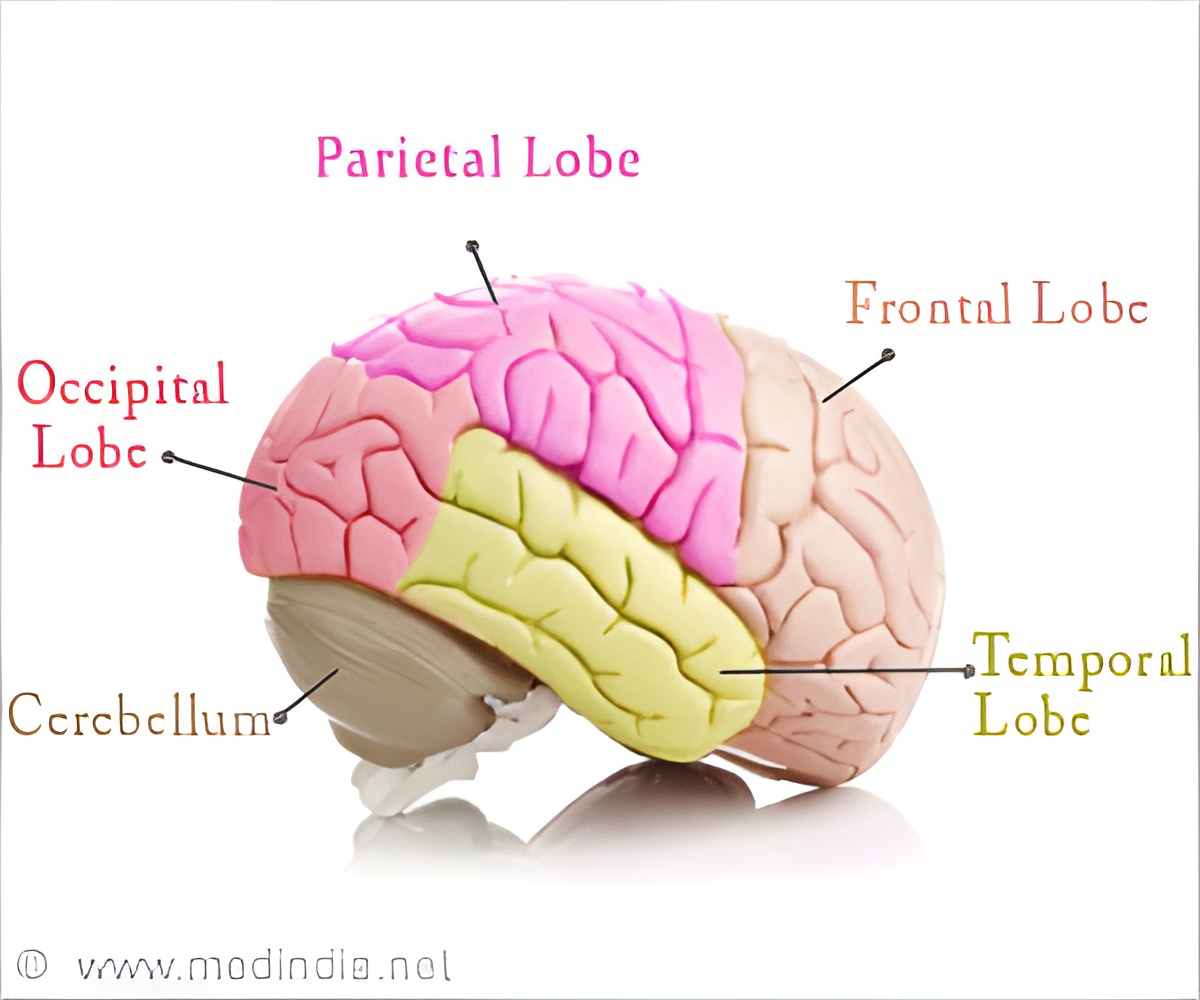
In a report prepared for the Society for Neuroscience annual meeting in Washington, D.C., on Nov. 18, the NYU Langone researchers and their colleagues at the University of Iowa describe how such "focal intraoperative cooling," first studied in the songbirds, was then safely applied in 18 volunteer participants undergoing brain surgery.
According to lead study investigator Michael Long, PhD, an assistant professor at NYU Langone, the standard practice is to keep many patients - particularly those suffering from epilepsy and brain cancer - awake and talking while surgeons directly apply brief electrical currents to the patient''s brain surface to mark any regions that, when shocked, impede normal speech.
Moreover for those with epilepsy, says Long, such electrical probes have been known to trigger seizures, adding risk to surgery.
"Our study results show that focal intraoperative cooling is a safe and effective means of mapping complex neural behaviors in the human brain, especially speech, and could be used as an alternative to current practices," says Long. "Our research also offers insight into how complex neural behaviors are produced, demonstrating that changes in speech are specific to particular regions of the brain."
As part of the research, study volunteers already scheduled for brain surgery underwent focal intraoperative cooling sessions that lasted about 20 minutes. This allowed researchers time to map the function of a half-dozen brain regions. To map each section, patients recited word lists, such as the days of the week, while researchers analyzed the structure and timing of the speech for such things as slurring and speed.
Advertisement
Speech quality also varied when other brain areas were chilled, with patients mixing up the weekday order or slurring their pronunciation after cooling.
Advertisement
Funding support for the study was provided primarily by the US National Institute of Neurological Disorders and Stroke, part of the National Institutes of Health, grant R01 NS075044. Additional funding support was provided by the New York Stem Cell Foundation.
Besides Long, other NYU Langone researchers involved in this study were Kalman Katlowitz, BEng; R.C. Clary, BS; Mario Svirsky, PhD. Other study co-investigators were D. R. Hansen, MD; Matthew Howard, MD; and Jeremy Greenlee, MD, at the University of Iowa Health Center in Iowa City.
Source-Newswise












